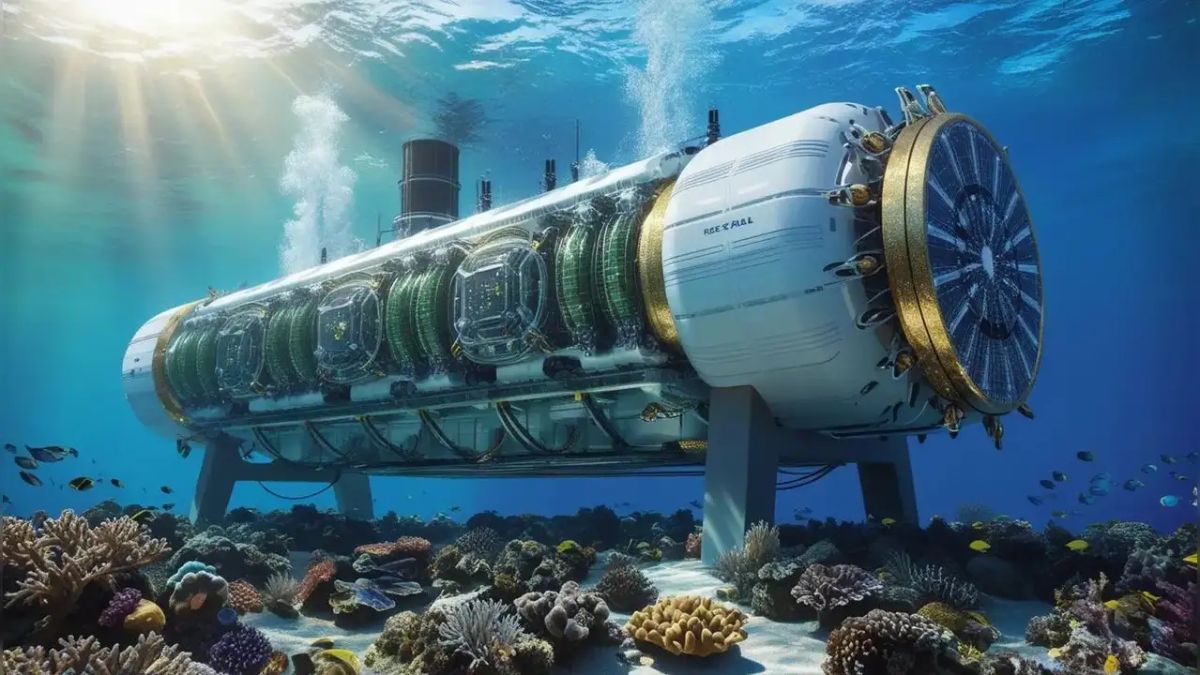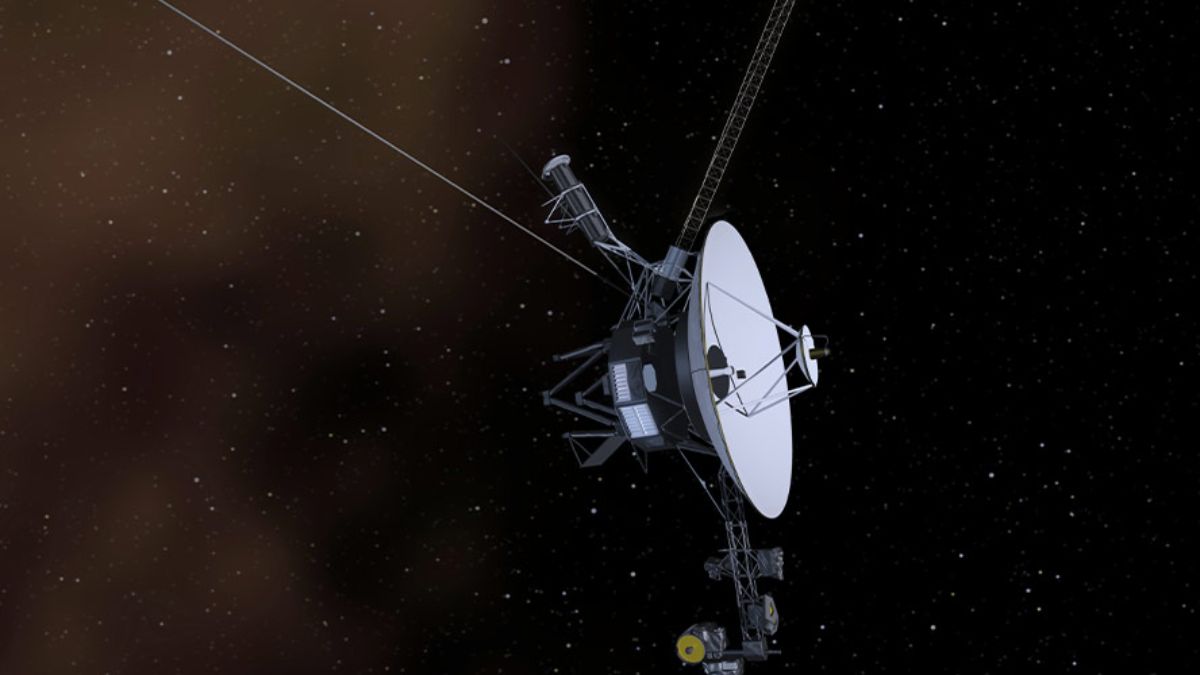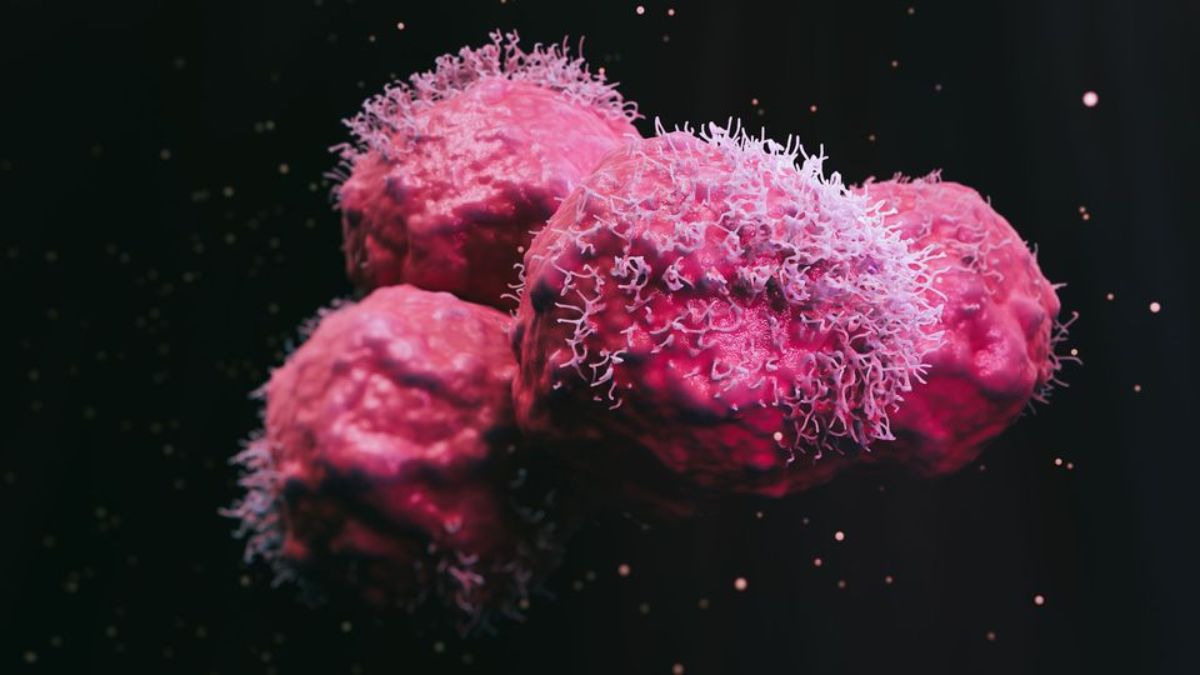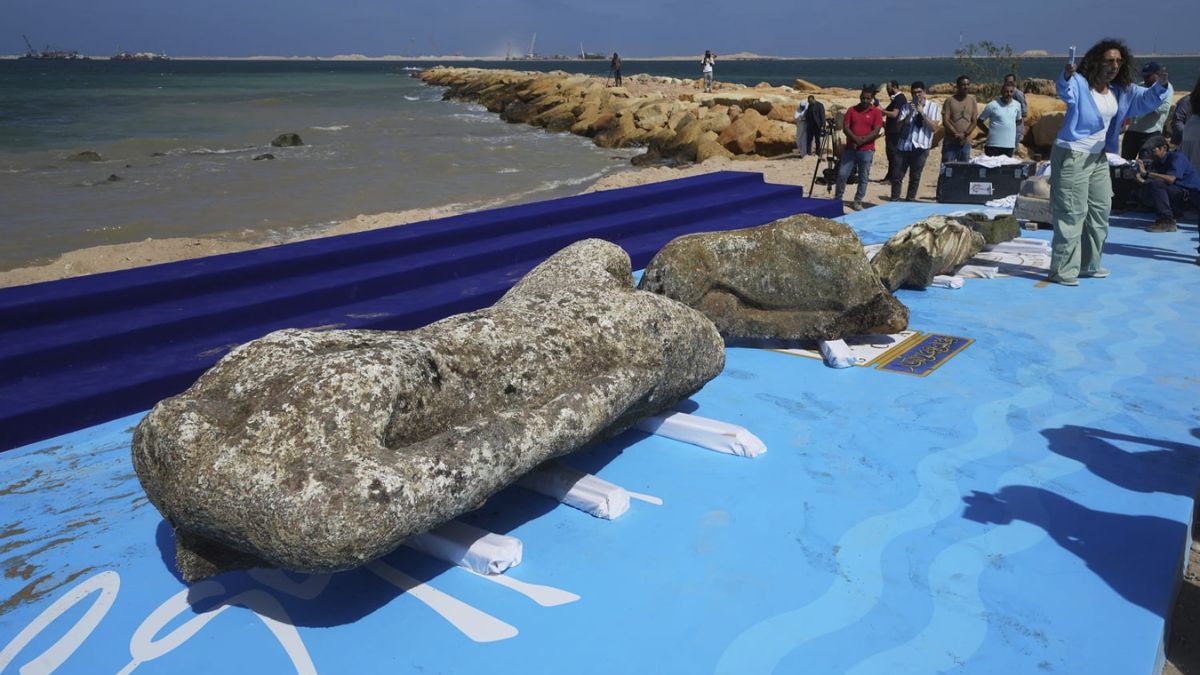Beneath the surface of the North Sea lies a hidden treasure—one that doesn’t glitter but could power the future. Instead of gold or gems, Europe has discovered the potential to produce a massive 45,000 tons of green hydrogen every year from its offshore wind farms.
Table of Contents
It’s not just a clean energy breakthrough; it’s a game-changer for the continent’s climate goals and energy independence. This isn’t some distant sci-fi fantasy. It’s happening now—and it could reshape everything from how we power our homes to how industries run.
Discovery
The North Sea has always played a major role in Europe’s energy story. For decades, it pumped out oil and gas, fueling economies and warming homes. But now, it’s turning over a new leaf—one powered by wind and water.
Thanks to strong, steady winds and shallow waters, the North Sea is a prime spot for offshore wind farms. These aren’t just any wind farms, though. We’re talking about facilities that could generate up to 300 gigawatts of electricity. That’s enough juice to power millions of homes—and more importantly, to kickstart large-scale green hydrogen production.
So, how does wind turn into hydrogen? Through a process called electrolysis. This tech splits water into hydrogen and oxygen using electricity. When that electricity comes from wind turbines, the result is clean, green hydrogen. No emissions, no fossil fuels, just pure, renewable energy.
Innovation
What’s really fueling excitement is the wave of innovation making this vision possible. One standout is the Windcatcher system. Imagine a floating wall covered in wind turbines—it captures more wind in less space, producing more energy while cutting costs. It’s like stacking multiple windmills into one giant power collector.
This kind of tech makes offshore hydrogen not just possible, but practical. Instead of building hundreds of individual turbines, Windcatchers can harness wind more efficiently, making large-scale green hydrogen projects far more attractive to investors and governments alike.
If Europe taps into this resource fully, 45,000 tons of hydrogen could be produced annually. That’s a powerful amount of clean fuel ready to transform manufacturing, transport, heating, and more. Just imagine trains, trucks, and factories running on fuel that only emits water vapor.
Challenges
Of course, nothing this big comes easy. Scaling up green hydrogen from a few pilot projects to a full-blown clean energy network takes serious time, money, and coordination.
The infrastructure needed to generate, store, and transport hydrogen—especially offshore—isn’t cheap. We’re talking billions in investment, and that’s before you factor in the red tape. Different European countries have different rules, priorities, and speeds of development. It’s like trying to organize a relay race where every runner has their own idea of the track.
Then there’s bureaucracy. Permits, regulations, and fragmented leadership often stall big projects. Without streamlined policies and pan-European cooperation, progress could be painfully slow.
I’ve seen promising energy projects stall simply because stakeholders couldn’t agree or moved at different paces. For green hydrogen to succeed, Europe needs a united front—a shared vision and coordinated action plan.
Leadership
Here’s the big opportunity: if Europe can pull this off, it could lead the world in green hydrogen. Moving away from fossil fuel imports, building a new clean economy, and becoming energy independent—it’s the ultimate win-win.
Think about it. The same North Sea that once symbolized oil dependency could soon become the heart of Europe’s renewable energy revolution. Not only would this shift cut emissions, it could also create thousands of green jobs, spark new industries, and drive long-term economic growth.
The future is knocking—and it’s powered by hydrogen. But unlocking that future takes vision, investment, and political will. Europe is standing at the crossroads. Either it seizes this moment or risks falling behind in the race to clean energy leadership.
Green hydrogen isn’t just a buzzword. It’s a lifeline for a cleaner, smarter, more resilient future. But like any treasure, it takes effort to unearth and even more to use wisely. Let’s hope Europe digs deep.
FAQs
What is green hydrogen?
It’s hydrogen made using renewable energy with no carbon emissions.
Why is the North Sea ideal?
Its strong winds and shallow waters are perfect for offshore wind farms.
How much hydrogen can Europe produce?
Up to 45,000 tons of green hydrogen annually.
What’s the Windcatcher system?
A floating wall of wind turbines that boosts power output and efficiency.
What are the main challenges?
High costs, complex regulations, and lack of coordination.

















